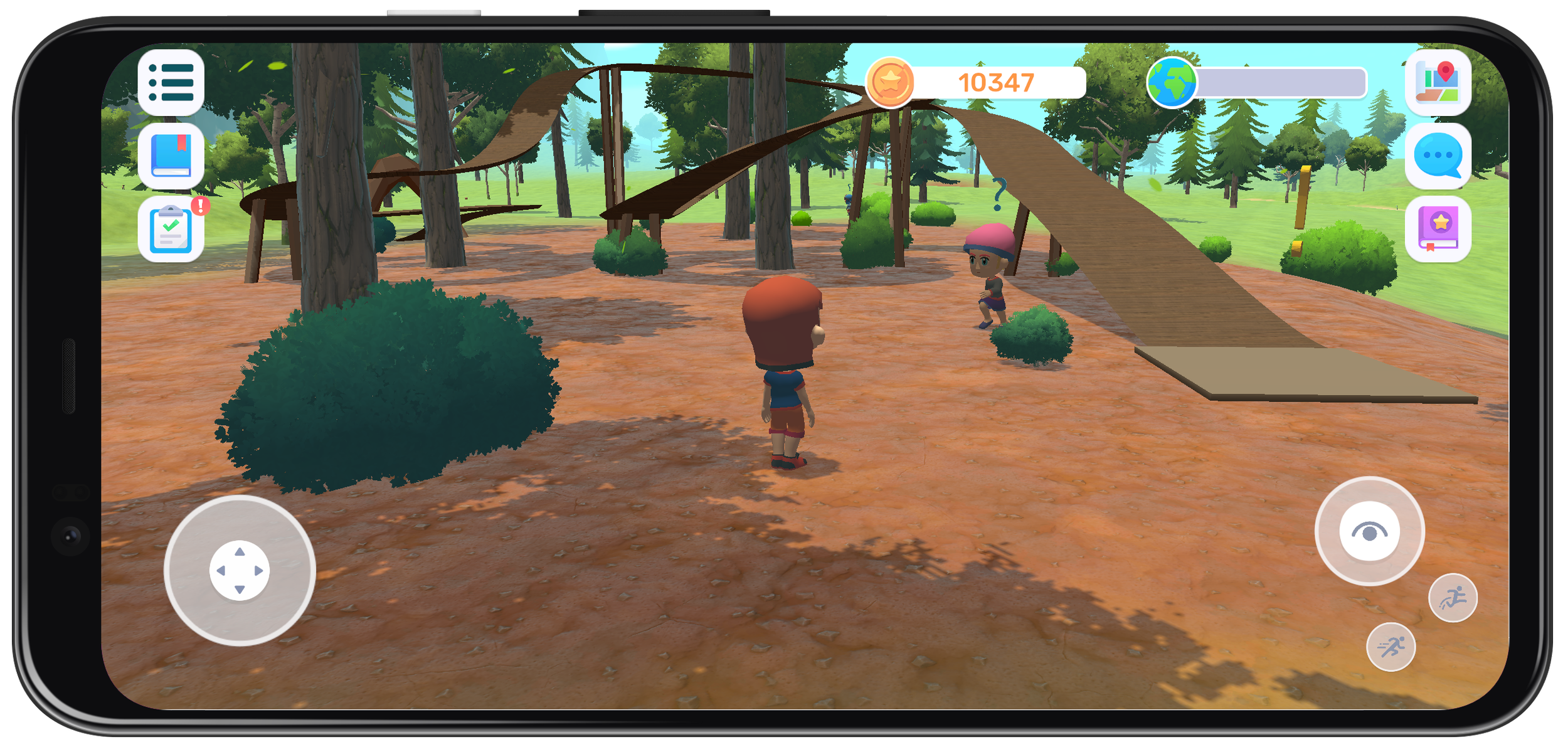How to produce a great educational wellness game?
Educational games are specifically designed to support learning and gaining new skills. These mechanics can help engage and motivate learners, and can make learning more enjoyable and effective. Some common educational game mechanics include rewards and incentives for completing tasks or achieving goals, collaborative gameplay that encourages teamwork and communication, and challenges and puzzles that require critical thinking and problem-solving skills. These mechanics can be used in a variety of different educational settings, from traditional classroom environments to online learning platforms.
First, let’s see the risks of educational games
While educational games can be a valuable and effective tool for learning, they can also have some potential drawbacks. For example, if the game is not well-designed or does not align with the learning objectives, it may not be effective at promoting learning. Additionally, some educational games may be overly simplistic or repetitive, which can be frustrating for learners and may not hold their attention for very long. Moreover, if the game is not properly integrated into the overall lesson plan, it may not provide the desired educational benefits.
Here are some potential ways to improve educational games in our opinion:
Make sure the game is well-designed and aligns with the learning objectives: The game should be engaging and challenging, and should support the learning goals.
Include a variety of gameplay elements: Educational games should include a mix of different gameplay elements, such as rewards and incentives, collaboration, and problem-solving challenges, to keep learners engaged and motivated.
Integrate the game into the overall lesson plan: The game should be part of a larger teaching and learning strategy, and should be used in conjunction with other teaching methods to support learning.
Provide support and guidance for learners: Educational games should provide appropriate support and guidance for learners, such as instructional materials, tutorials, and feedback on performance, to help them learn effectively.
Evaluate the game's effectiveness: It's important to regularly evaluate the game's effectiveness to ensure that it is meeting the learning objectives and providing the desired educational benefits.
So do we have the secret sauce?
Different players have different preferences when it comes to games. Some players might enjoy games with beautiful graphics and immersive worlds, while others might prefer games with deep and complex gameplay mechanics. Ultimately, the best game features will depend on what the player is looking for in a game. So take it with a grain of salt, these were our subjective thoughts on what makes a great educational game based on our experience in developing the award-winning game Triumfland Saga to support children’s mental health.

